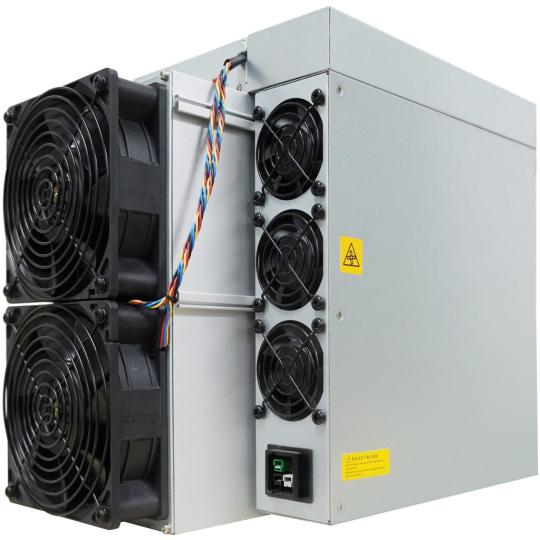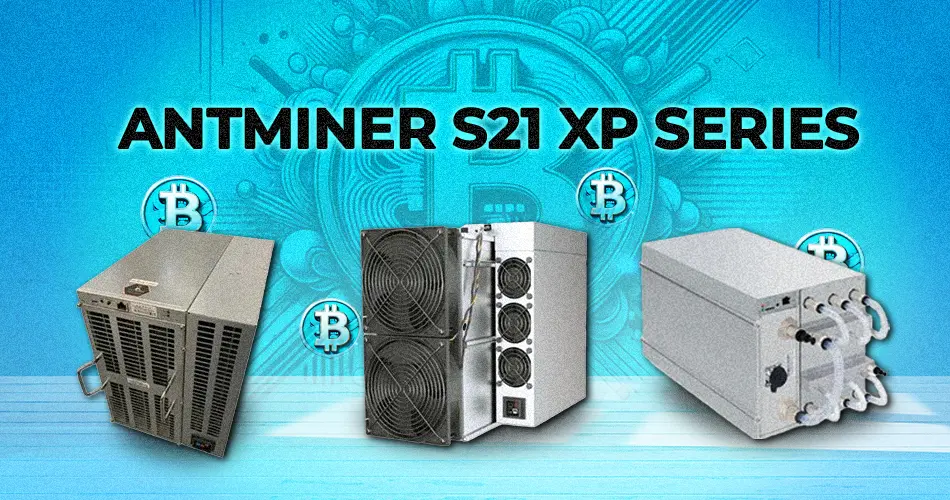Bitcoin Miner S21 XP Repair Guide and Troubleshooting
Cryptocurrency mining is a competitive and demanding industry where efficiency and uptime are critical. The Antminer S21 XP, with its impressive 270 TH/s hash rate and 13.5 J/TH power efficiency, is a top-tier mining rig designed for SHA-256 algorithms (BTC, BCH, BSV). However, like all hardware, it may encounter issues over time due to environmental factors, wear and tear, or improper configuration.
This comprehensive repair and troubleshooting guide will help mining operators diagnose and resolve common problems with the S21 XP, ensuring minimal downtime and optimal performance.
1. Common Issues and Quick Fixes
Before diving into complex repairs, let’s cover some basic troubleshooting steps that can quickly restore functionality:
A. Miner Not Powering On
- Check power supply connections – Ensure the PSU is properly connected to the miner and power outlet.
- Verify voltage compatibility – The S21 XP operates at 220–277V. Using incorrect voltage may prevent startup.
- Inspect power cables – Damaged or loose cables can cause power failures. Replace if necessary.
B. Overheating or Frequent Shutdowns
- Clean dust and debris – Clogged fans reduce cooling efficiency. Use compressed air to clean heatsinks and vents.
- Improve ventilation – Ensure the miner is in a well-ventilated space with ambient temperatures below 35°C.
- Check fan operation – If fans are malfunctioning, replace them immediately to prevent overheating damage.
C. Low Hash Rate or Performance Drop
- Verify firmware version – Outdated firmware can reduce efficiency. Update via the Antminer dashboard.
- Monitor chip health – Use mining software (e.g., Braiins OS+) to check for failing ASIC chips.
- Adjust overclocking settings – If overclocked, revert to default settings to stabilize performance.
D. Network Connection Issues
- Restart router/miner – A simple reboot often resolves connectivity problems.
- Check Ethernet cable – Faulty or loose cables can disrupt communication. Swap with a known-working cable.
- Verify IP configuration – Ensure the miner is assigned a valid IP address (DHCP or static).
2. Advanced Repairs & Component Replacement
If basic troubleshooting doesn’t resolve the issue, deeper repairs may be needed. Below are step-by-step guides for common component replacements.
A. Replacing a Faulty Fan
Fans are critical for cooling, and failure can lead to thermal throttling or hardware damage.
#### Steps:

- Power off and unplug the miner.
- Remove the side panel (secured with screws).
- Disconnect the fan’s power cable from the control board.
- Unscrew the faulty fan and replace it with a compatible model (ensure correct voltage and airflow specs).
- Reassemble and test—monitor fan speed via the miner’s dashboard.
B. Diagnosing and Replacing Hash Boards
If the miner shows missing or underperforming hash boards, follow these steps:
#### Diagnosis:

- Check the miner’s interface for error logs (e.g., “Chain X not detected”).
- Use a multimeter to test voltage inputs to the hash board.
- Inspect for burnt components or damaged capacitors.
#### Replacement:
- Disconnect power and open the miner.
- Remove screws securing the hash board.
- Carefully detach ribbon cables and power connectors.
- Install the new hash board, reconnect all cables, and secure it.
- Power on and verify detection in the miner’s status page.
C. Power Supply Unit (PSU) Failure
A failing PSU can cause random shutdowns or failure to boot.
#### Testing the PSU:

- Use a multimeter to check output voltages (should match miner requirements).
- Listen for unusual noises (buzzing indicates capacitor failure).
#### Replacement Steps:
- Unplug all connections.
- Remove the PSU mounting screws.
- Install a compatible PSU (ensure wattage meets miner demands).
- Reconnect power cables securely.
3. Firmware & Software Troubleshooting
Software-related issues can impact stability and efficiency.
A. Updating Firmware
- Download the latest firmware from Antminer’s official site.
- Access the miner’s web interface (via IP address).
- Navigate to “Upgrade” and upload the firmware file.
- Wait for completion—do not power off during the process.
B. Resetting to Factory Settings
If settings are misconfigured:
- Locate the reset button (usually inside the miner).
- Hold for 10 seconds while powered on.
- Reconfigure network and pool settings after reboot.
4. Preventive Maintenance Tips
To maximize lifespan and efficiency, follow these best practices:
- Clean dust monthly to prevent overheating.
- Monitor temperature trends—sudden spikes indicate cooling issues.
- Use surge protectors to prevent electrical damage.
- Keep firmware updated for security and performance improvements.
5. When to Seek Professional Repair
While many issues can be fixed in-house, complex problems (e.g., burnt control boards, multiple ASIC failures) may require professional servicing. Antminer’s 365-day warranty covers manufacturing defects, so check eligibility before attempting risky repairs.

Final Thoughts
The Antminer S21 XP is a powerful and efficient miner, but like all hardware, it requires proper maintenance and timely troubleshooting. By following this guide, mining operators can minimize downtime, extend hardware life, and optimize profitability.
For replacement parts, firmware updates, or warranty claims, always refer to official Antminer channels or authorized repair services like Minerfixes to ensure quality and compatibility.
Happy mining! ⛏️⚡